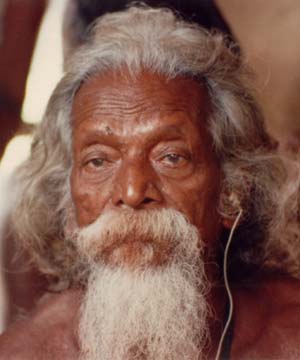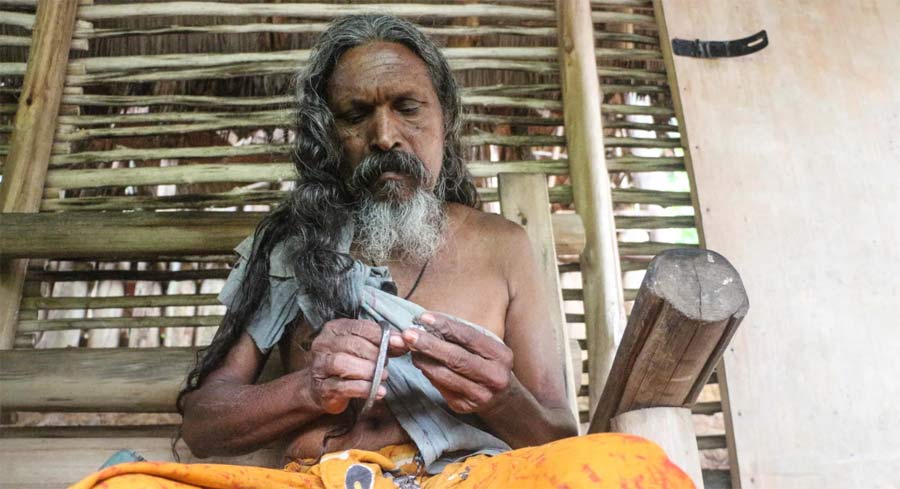The Wanniya-laeto operate within a radically different conceptual framework from that of the local administrators who wield power over Wanniyalaeto land and interests. For instance, the Wanniyalaeto do not entertain modern notions of real estate belonging to individuals, but believe that they and their ancestor-spirits belong to the forests of the Wanni which they inhabit and protect. Likewise, the concept of acreage is strange to them since they recognize only natural landmarks like hills, rivers, and villages.

As a consequence of such cultural differences, the Wanniyalaeto have been repeatedly swindled out of their ancestral heritage by contrary interests anxious to seize control over Wanniya-laeto lands and forest resources. Such encroachment and economic exploitation has noticeably accelerated in the post-Independence era.
Similarly, modern observers have typically been blind to the basic facts about indigenous culture. For instance, Wanniyalaeto social structure is a matrilineal exogamous clan organization based on female line of descent.2 In simple terms, the Wanniyalaeto are a forest people who trace their ancestry through their mother’s line back to their mother-ancestor, the yaka-princess Kuveni.
This self-identification of the Wanniya-laeto differs radically from the definition of a ‘Vedda’ (‘hunter’) that was imposed upon them from outside with far-reaching social consequences. Hence, to colonial census-takers and other outsiders, a ‘Vedda’ was a primitive human-type of wild disheveled appearance, uncouth language and appearance, who resides in caves or wanders in the jungle, and who subsists by primitive means such as hunting with bow and arrows.

Thus, by these misleading criteria, the ‘Veddas’ (a term never used by the Wanniya-laeto themselves) were doomed to disappear in the course of time. Indeed, according to census records the Veddah population actually fell from 4,510 in 1921 to 2,361 in 1946 while since 1963 no separate count has been made, although a 1978 study identified six thousand Veddas in the Anuradhapura district alone. 3
This failure to recognize the Wanniya-laeto people’s own criteria of self-identification, whether intentional or not, has effectively accelerated their disappearance as a distinct culture and denied them representation in the democratic decision-making process.
As a result of pervasive social discrimination directed against the Wanniya-laeto, many of their people have adopted a survival strategy that includes taking Sinhala or Tamil names for themselves and their children, adopting the prevalent language, diet, dress, and lifestyle patterns and becoming, nominally at least, Buddhist or Hindu converts. And yet, because their matrilineal ancestry goes unnoticed and unrecognized by the dominant patrilineal society at large, the Wanniya-laeto have been able to preserve their social cohesion and cultural self-identification even while immersed within the outward trappings of cultures very much unlike their own.
